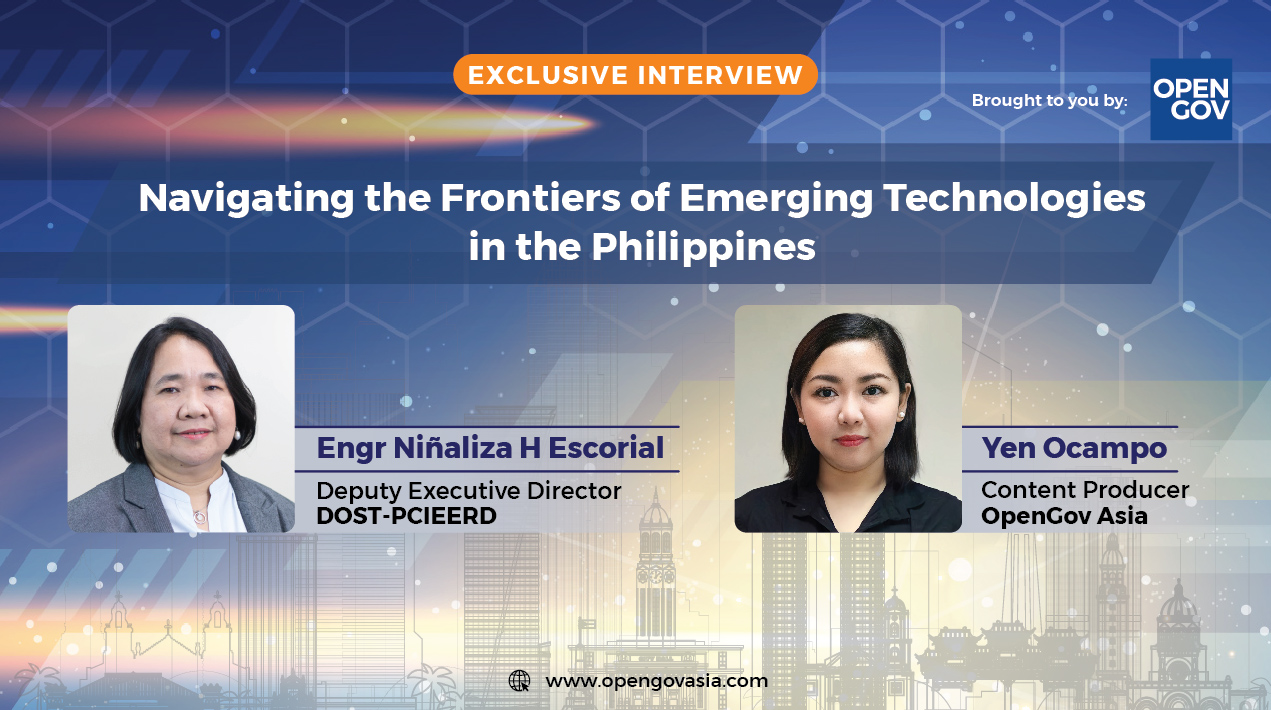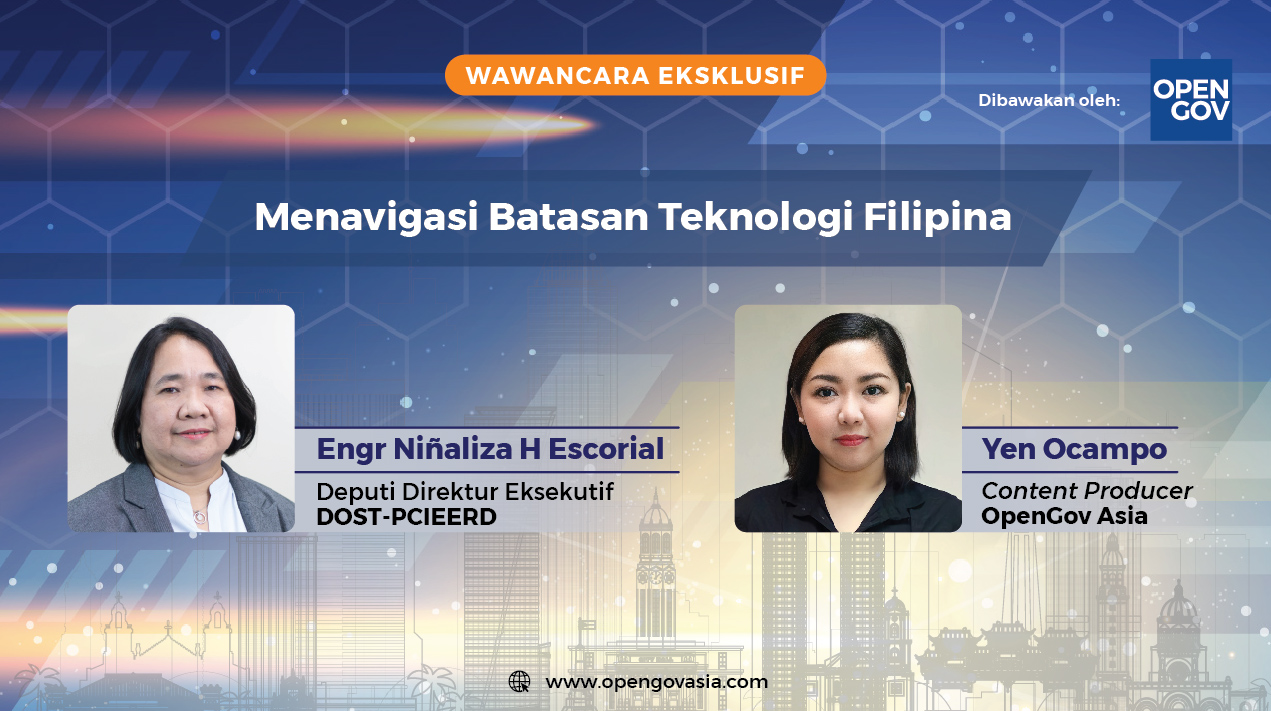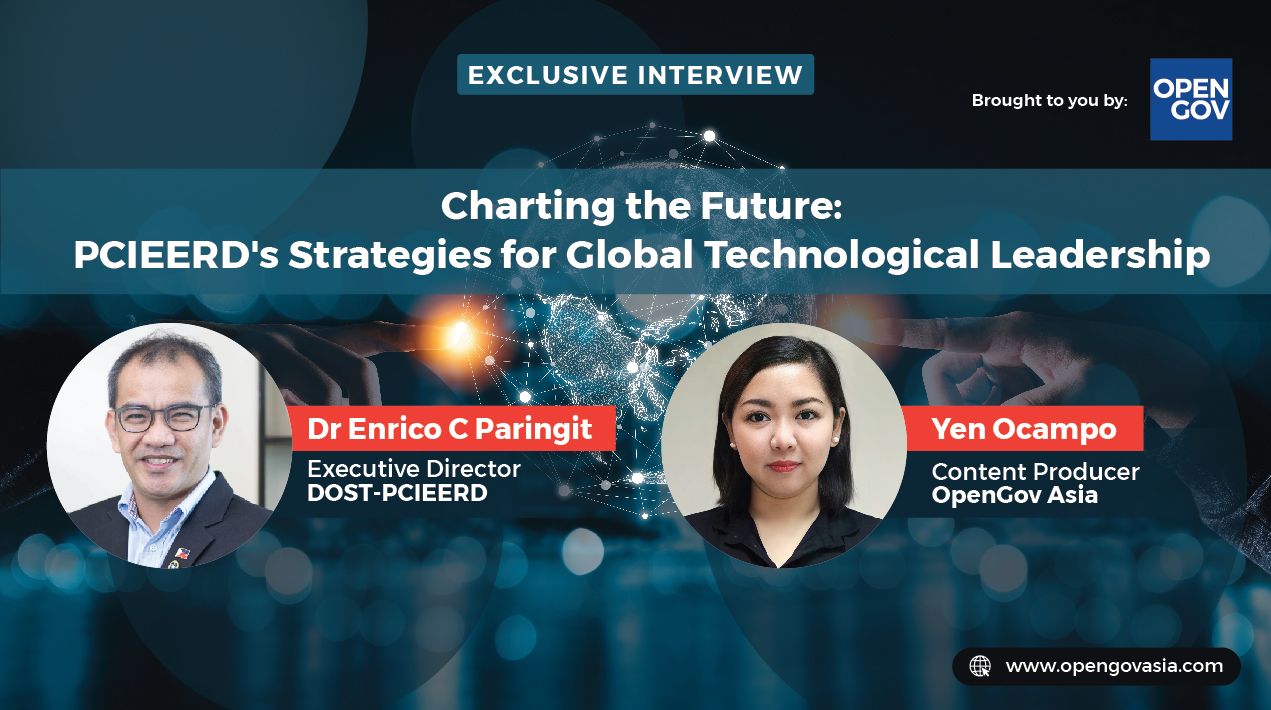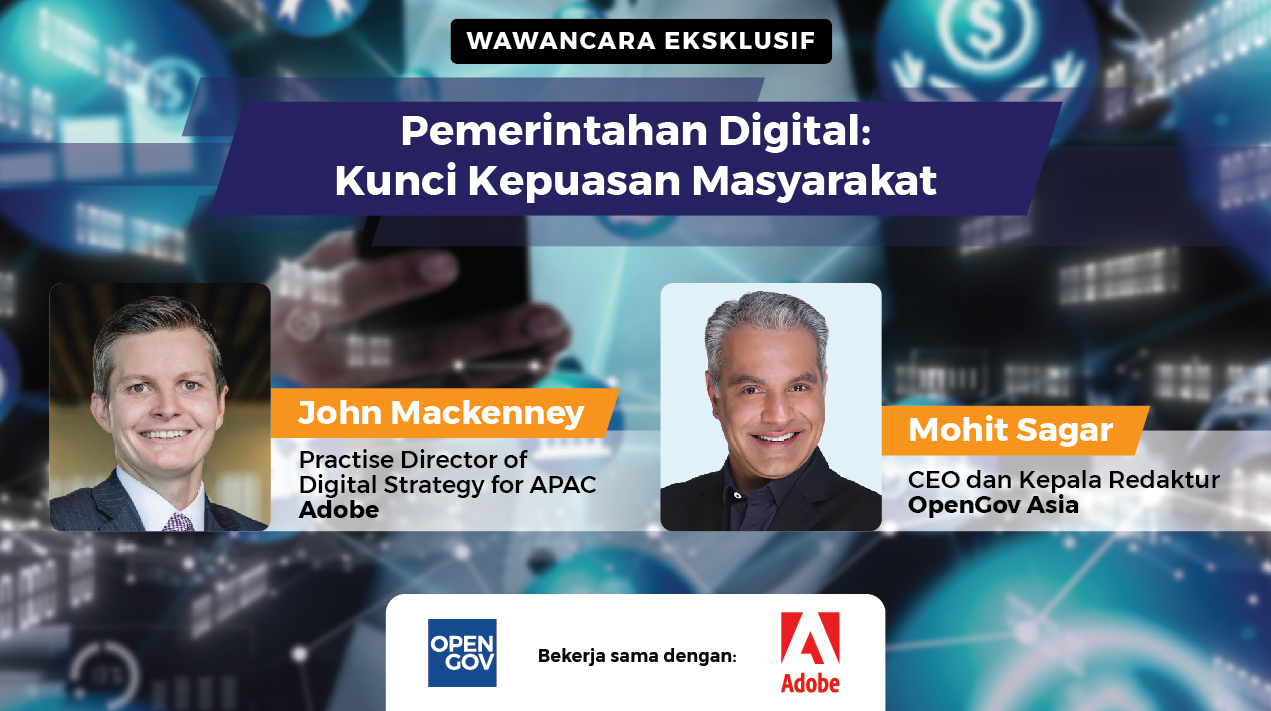![Part 1: Biometrics and Wearable Technology – The Inevitable Marriage? [OG Partner]](/wp-content/uploads/2018/09/59e6efe85220280001bb4ff3_wearables-and-biometrics-unisys.jpg)
Part One in a four part series.
Biometrics are fascinating on their own, but consider the combined impact of biometrics and what some believe will be one of the most disruptive technologies of the next decade – wearable technology.
Biometric usage today is largely restricted by capture technology that has changed little in the past 25 years. It has admittedly evolved to provide improved ease of use, better anti-spoofing and enhanced portability – but to be perfectly honest, there have been no revolutionary changes. We seem to have reached a technology plateau.
The lack of revolutionary change in biometric technology has the effect of constraining both the types of applications that employ biometrics and the types of biometrics used in those applications. But the emergence of wearable technologies has the potential of turning current biometric thinking on its head!
To begin, let’s start by defining what we mean by “wearable technology.”
Webopedia defines wearable technology as “a category of technology devices that can be worn by a consumer and often include tracking information related to health and fitness. Wearable technology also includes devices that have small motion sensors to take photos and sync with your mobile devices.”
Investopedia adds that “one of the major features of wearable technology is its ability to connect to the Internet, enabling data to be exchanged between a network and the device“.
In practice today, wearable technology includes everything from smart glasses and watches, to fitness bands and smart fitness clothing to multi-function badges and smart earpieces.
The concept of wearable technology isn’t new and fairly accurate predictions regarding the emergence of wearable technology began appearing in the 1980’s. But it is only in the last couple of years that we have seen wearable technology truly enter the mainstream of consumer applications.
As an indication of the growing significance of this technology, earlier this year Gartner1 released a global forecast for wearable technologies. In that report, Gartner predicted that over the 2015-2020 period, the number of wearable electronic devices sold will grow by 16% per annum and the corresponding revenue would grow at 21% per annum. As a result, in 2020 an estimated 480 million wearable electronic devices would be sold, generating a revenue of $61.7 billion US dollars.
The Gartner report goes on to predict that Smartwatches will have the highest revenue share amongst the various wearable devices for the next few years, garnering revenue of US$17.5 billion by 2019. However, in 2020, head-mounted displays will take the lead with a revenue of US$ 21.3 billion. Smartwatches and Head-mounted displays will account for just 18.3% and 8.3% of the number of units sold, but they will account for 30.9% and 34.4% the total revenue garnered by the wearable devices.
Where do consumers believe they will be wearing their wearable technology?
According to a Forrester2 report in December of last year, consumers in the US and Europe said they would most likely sport wearable technology on their wrists (e.g., smart watches, fitness bands), clipped onto their clothing, or embedded in their clothing. A significant number of respondents also saw a future for wearable technology embedded in jewelry, in their glasses, in their shoes, in earphones and on their arm.
So from a market growth and consumer demand perspective, it sounds like the sky is the limit. But before you start investing your retirement funds in wearable technology start-ups, consider the following…
In Gartner’s recent Internet of Things (IOT) Hype Cycle analysis3, wearable technology is currently positioned at the Peak of Inflated Expectations Phase and heading into the Trough of Disillusionment. During this phase of overenthusiasm and unrealistic projections, expect a flurry of well-publicized activities by technology leaders. This will result in some successes, but more often failures as the technology is pushed to its limits. In fact, Gartner suggests that the only enterprises making money are conference organizers and magazine publishers.
Despite this rocky near-term outlook, Gartner gives Wearable Technology a high benefit rating, predicting that wearables will enable new ways of performing horizontal and vertical processes and this will in turn generate significantly increased revenues and costs savings for enterprises that successfully leverage wearable technology. Furthermore, Gartner predicts that mainstream adoption of wearable technology is just 5-10 years away.
According to research from Mindtree4 and Gartner5, the industries that are likely to reap the greatest benefit from wearable technologies include Public Sector, Financial Services and Healthcare. But despite the potential upside, public sector and financial services will probably lag in the adoption of these technologies. Healthcare is predicted to be the biggest winner with both high returns and early technology adoption.
So no matter how you slice and dice the numbers, one thing is obvious – wearable technology has arrived and the future is bright.
In the next installment of this four-part blog series, we will look at how biometrics fits into the new world of wearable technology.
1“Forecast: Wearable Electronic Devices, Worldwide, 2016”, Gartner, January 2016
2“Five Key Truths About Wearables That Every Leader Should Know”, Forrester, December 2016
3“Hype Cycle for the Internet of Things”, 2015, Gartner, July 2015
4“Wearables – Is the future as bright as it seems?”, Mindtree, February 2015
5“Predicts 2016: Government Continues to Adapt to the Digital Era”, Gartner, December 2015
First published at http://blogs.unisys.com/onpoint/part-1-biometrics-and-wearable-technology-the-inevitable-marriage/





















